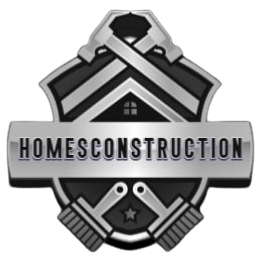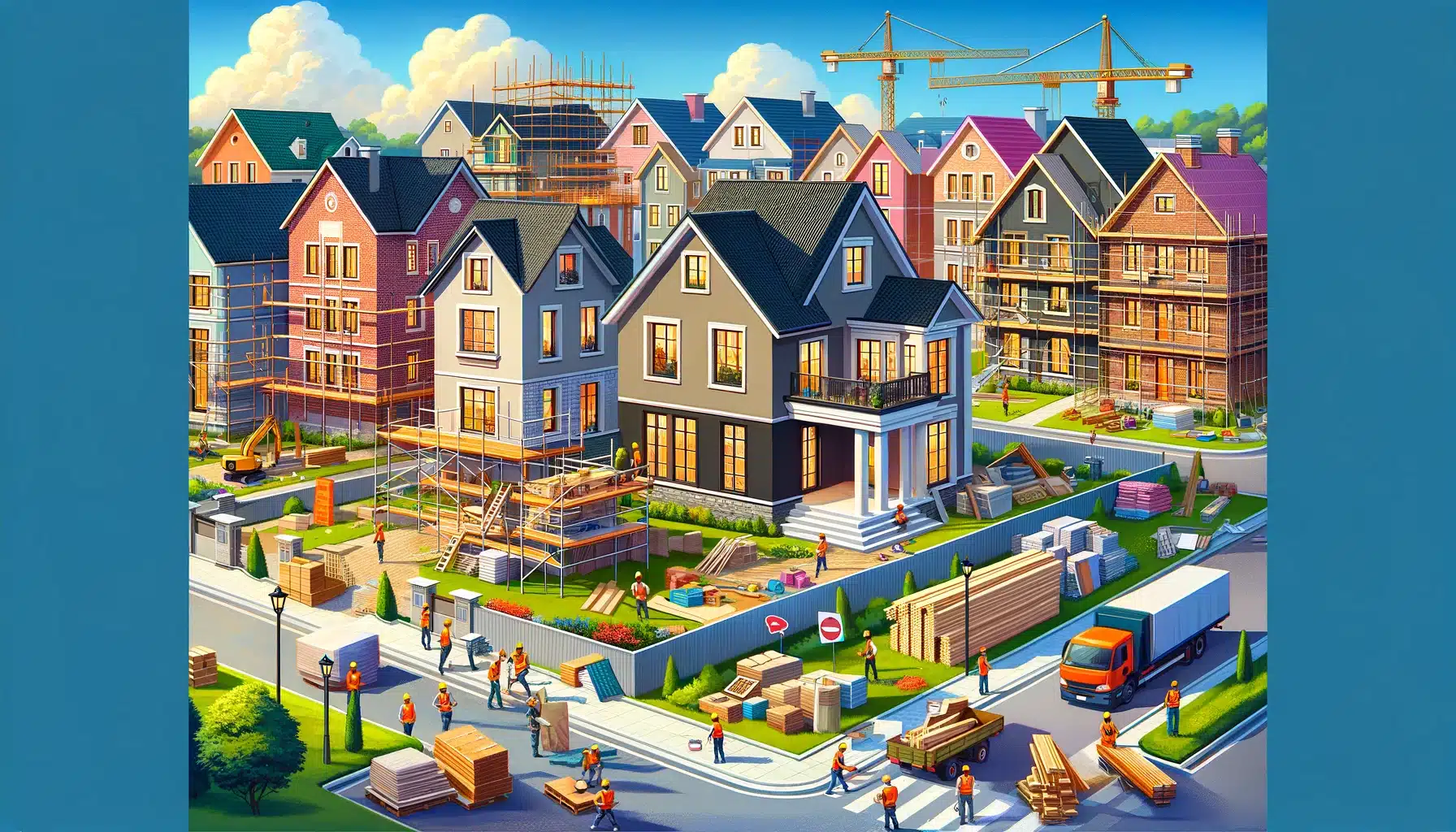Within the New residence constructions (The Evolution and Impact of New Home Constructions) constitute a critical quarter within the broader real property and creation enterprise, embodying large socio-monetary implications. This article explores the traits, demanding situations, and future potentialities of new domestic constructions, dropping light on their importance in shaping groups and influencing monetary growth.
Historical Context
The evolution of domestic constructions can be traced again to historical civilizations, where the earliest kinds of human settlements have been crafted. Over centuries, production techniques have dramatically converted, evolving from rudimentary shelters to state-of-the-art, electricity-efficient homes. This ancient progression highlights the adaptability and innovation inherent in the construction enterprise.
Modern Trends in New Home Constructions
In current years, numerous trends have emerged, driven by using technological advancements, environmental worries, and changing purchaser options. These traits encompass:
Sustainability and Green Building:
Modern homebuyers increasingly more demand eco-friendly homes. Builders are responding through incorporating sustainable materials, energy-green home device, and renewable energy sources consisting of sun panels. Green constructing certifications, like LEED (Leadership in Energy and Environmental Design), have become popular benchmarks in the organization.
Smart Homes:
The integration of clever era into new home buildings is revolutionizing the manner we stay. Features along with computerized lights, temperature manipulate, protection systems, and voice-activated assistants are getting common, providing convenience and superior control over home environments.
Open Floor Plans:
Open ground plans that merge dwelling, eating, and kitchen regions have won recognition. This design trend promotes social interaction, maximizes space usage, and creates a feel of openness and fluidity inside houses.
Prefabrication and Modular Construction:
Prefabricated and modular houses have become extra frequent. These techniques involve constructing additives of the home off-web page and assembling them on-website online, reducing production time and charges at the same time as making sure tremendous standards.
Urban Infill and Mixed-Use Developments:
With urbanization at the rise, there may be a developing cognizance on growing blended-use residences in city regions. These tendencies integrate residential, business, and recreational areas, developing vibrant, self-maintaining communities.
Economic Impact
The construction of recent houses drastically contributes to financial growth. It generates employment, from construction workers and designers to real estate dealers and interior designers. Additionally, new home buildings stimulate call for for building substances, domestic furnishings, and various offerings, thereby boosting local economies.
Moreover, new housing trends can boom property values in surrounding regions, main to better tax sales for municipalities. This, in turn, lets in for progressed public services and infrastructure, improving the general high-quality of existence for citizens.
Challenges in New Home Constructions
Despite the positive impact, the industry faces several challenges:
Rising Costs:
The value of production substances, hard work, and land has been gradually increasing. This inflationary strain makes it hard for builders to offer low-cost housing, specially for first-time buyers.
Regulatory Hurdles:
Stringent constructing codes and zoning laws can sluggish down the construction manner. While these guidelines are vital for protection and environmental protection, they regularly add to the complexity and fee of recent home initiatives.
Skilled Labor Shortage:
The construction industry faces a shortage of professional labor. As skilled workers retire, there may be a growing want for schooling and recruiting new talent to fill the gap.
Supply Chain Disruptions:
Global supply chain disruptions, exacerbated by using activities just like the COVID-19 pandemic, have brought about delays in acquiring critical substances. This uncertainty can avert project timelines and boom costs.
Future Prospects
The future of new home constructions looks promising, pushed by using ongoing innovation and societal shifts. Key areas to watch consist of:
Advanced Building Materials:
Innovations in building materials, consisting of self-healing concrete, 3-d-printed components, and carbon-neutral substances, will revolutionize production practices, making homes more long lasting and environmentally pleasant.
Enhanced Resilience:
With climate exchange posing giant risks, destiny homes will need to be greater resilient. This includes designing homes that can face up to excessive weather activities and incorporating flood-resistant features in inclined regions.
Personalized Housing Solutions:
Advances in layout era will allow for more customized housing solutions. Homebuyers will be capable of customize their homes to a greater extent, tailoring designs to their specific wishes and alternatives.
Community-Centric Developments:
There might be a continued emphasis on developing community-centric developments. These tasks will prioritize walkability, get entry to to public transportation, and inexperienced areas, fostering a feel of network and selling a higher great of lifestyles.
Sustainable Financing Options:
As demand for sustainable homes grows, financial establishments are probably to offer extra green financing options. These might also encompass lower hobby prices for power-efficient homes or incentives for incorporating renewable power systems.
Conclusion
Evolution and Impact of New Home Constructions New home structures are a cornerstone of monetary improvement and societal development. While the enterprise faces full-size demanding situations, it’s also poised for awesome increase and transformation. By embracing innovation, sustainability, and community-focused improvement, the destiny of recent domestic buildings promises to build now not just houses, however colourful, resilient communities that enhance the first-class of life for all citizens. As we look in advance, the combination of superior technology and sustainable practices will surely shape the homes of the following day, reflecting our evolving values and aspirations. (Evolution and Impact of New Home Constructions)

